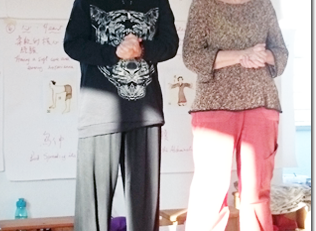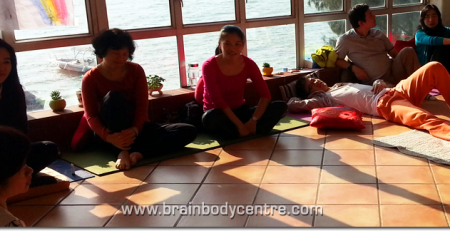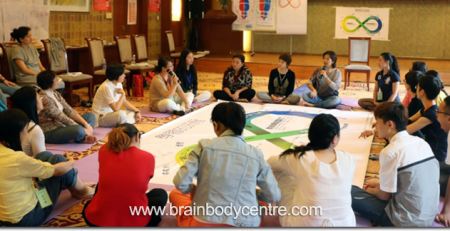Being a Mother ? How to Help my Younger Son with Diverse Interests to Set his Priorities
Amy Choi (July 1, 2009)
Yat my elder son and Sum my younger son are two years of age apart, 12 cm in height difference, and with different looks. However, quite a few strangers have mistaken that they were twins. In fact, for those who knew them, they all recognized them as having unique personalities.
Yat was focused, with clearly defined preferences. He would single-mindedly plunge into whatever he liked, really digging into the details and examining it thoroughly. For his dislikes, none could compel or motivate him. In the last six months, he fell in love with ping pong and he practiced it daily, inviting kids living nearby for informal competitions. He did not like swimming training, and he would avoid going at all costs.
For Sum, the world is a kaleidoscope. Everything was colourful and beautiful. Perhaps due to this perception, he was curious and nosy. He was interested in many things, and could be passionate in them at the same time. Up till now, he was into a dozen of projects, including painting, drumming, dancing, ping pong, football, baseball, etc. Recently, this kid who seemsto be always full of energy had never experienced exhaustion were asking for Kungfu to be included into his list of hobbies. I am happy to have a son who wanted to learn and experience. At the same time, it is also a burden, to him in terms of time, to the ones who were bringing him to the various places of learning in terms of time and efforts, and of course to his parents who were supporting him in his diverse pursuits financially.
About 6 months ago, I thought of a simple way of questioning him to effectively prompt him to clearly set his priorities. The principle was straight-forward. Each time, two objects were paired up to be compared, till a linear list of priorities was formulated. For example, he liked drawing, drumming and dancing. I would first pick two and asked, “between drawing and drumming, which you would like more??Let us said he responded, “drumming.?Then, I would pick the preferred choice and the remaining choice, asking “between drumming and dancing, which you would like more??Let us said he still responded with drumming. Thus, I could know drumming was highest in preference in this list of three items. To rank the second and the last, I would ask, “between drawing and dancing, which you would like more??If he said it was drawing, then I could know in the order of preference that his priorities in this hypothetical case were drumming, drawing and dancing. In incidences with more choices, the process would be more complicated but the same principle applied.
I discovered that helping my kid set his priorities had at least three advantages. First, we knew which choice to be deleted from his busy schedule when things got overcrowded. Second, this kind of exercises would sharpen his self-noticing skills and elevated his self-consciousness. In this way, when we designed his schedule together, we could easily arrive at a consensus decision instead of a decision pushed forward by the mother. Third, it would help him unearthed the reason behind his preferences. There was a time when I asked him why he would choose to stop going to the dancing class. Two days later, he came to me and said, “Mother, I had really decided not to go dancing. I had seen my seniors in the grade 4 class of Chinese dancing practicing. Their stretching exercises were cruel, because it was painful.?lt;/p>
This method had yielded good results in my son. When you and your kid were to set his schedule, or you yourself were the one to set the priorities, maybe you would choose to try it out.











